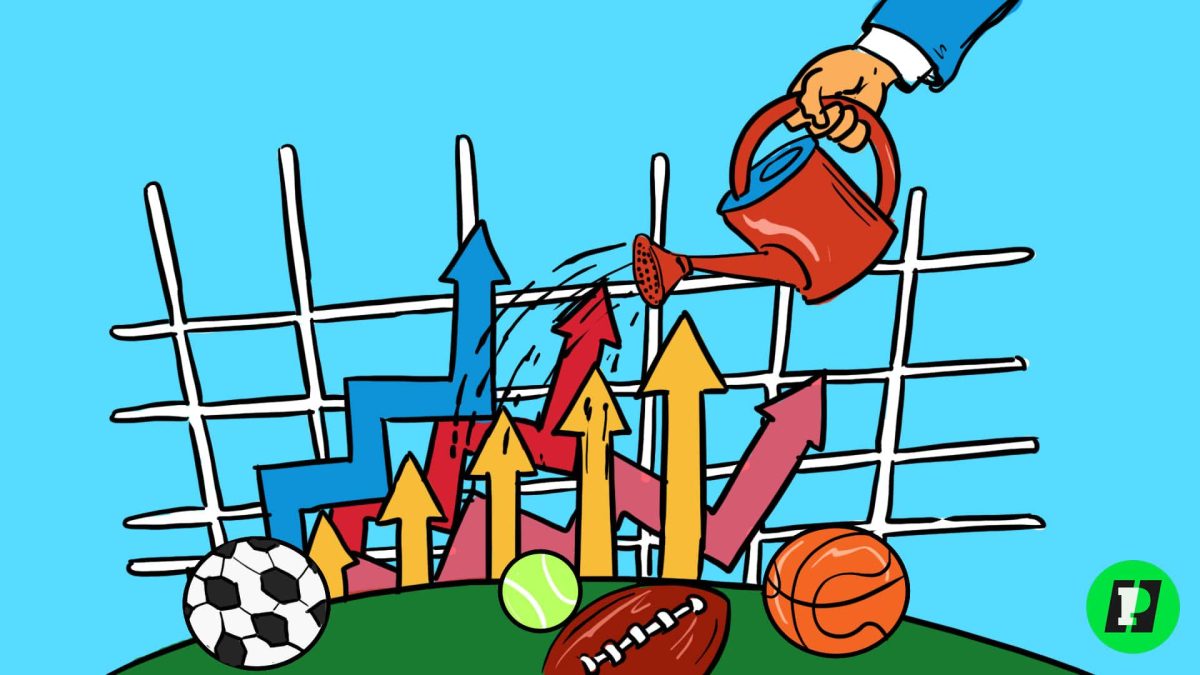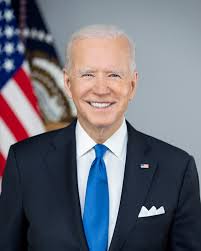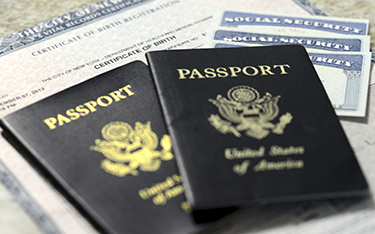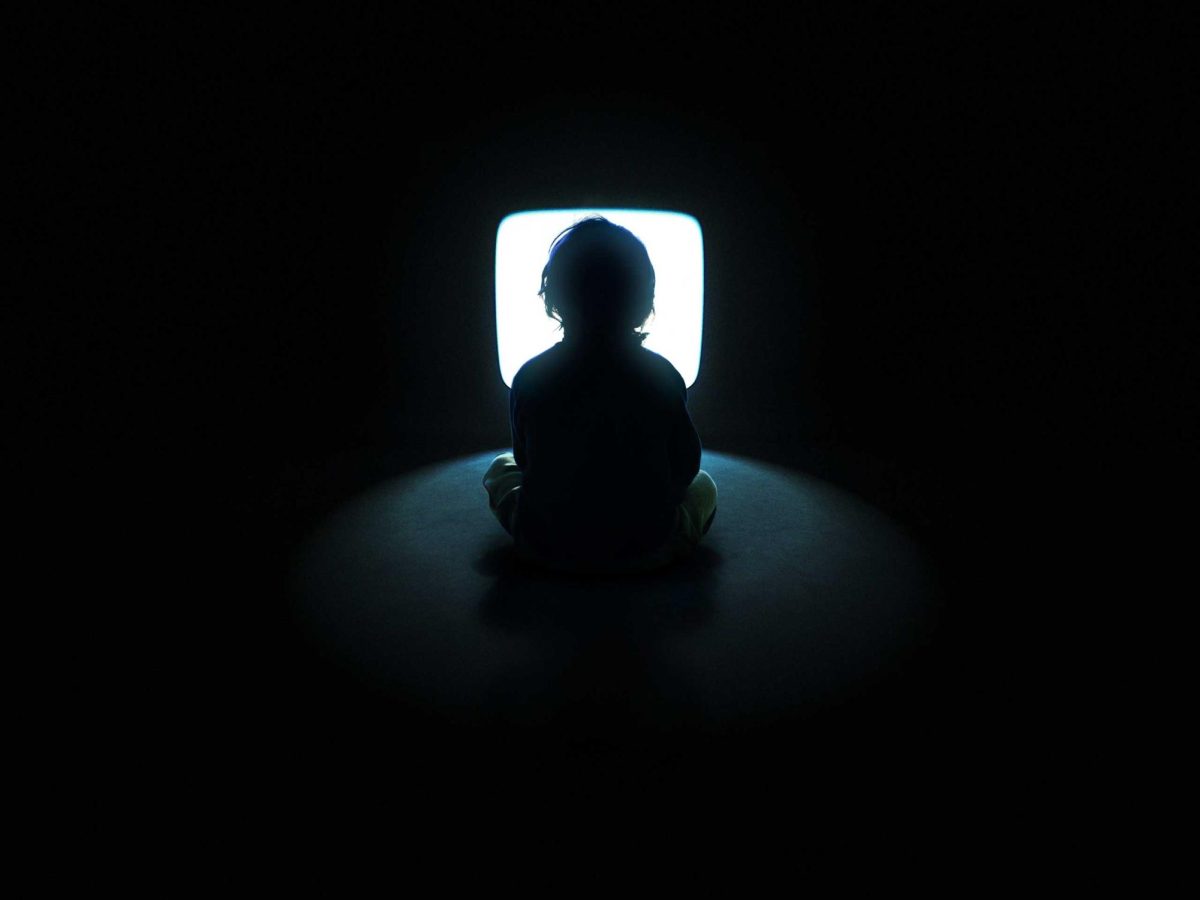South Korea has been experiencing its “worst ever fires in history” across Uiseong-gun and Gyeongsangbuk-do from unusually dry conditions, dense forests, and strong winds. Human activity has fueled the blaze, causing the fire to spread rapidly over the past week. An estimated 242,000 acres have been burned, with almost 30 casualties, 37 injured, thousands evacuating, and devastating losses to land.
Pine forests have been vulnerable to fires due to their rapid growth. For the 37,000 residents evacuated, around 2,500 ancient sites have been the worst affected by the growing fires. In Uiseong County, a millennium-old Buddhist temple, the Gounsa temple was burned along with its many artifacts, key structures, and history was lost. Most heritage sites and shrines were the most vulnerable because their wooden buildings were prone to burning. Fortunately, experts are finding methods to restore the ruined areas, and some relics were preserved. South Korea’s tourism and business will be impacted, and recovery efforts will be needed to recover all the land lost and buildings wrecked. The loss of lives, economic impact, and cultural identity will likely never be reclaimed.
South Korea’s prime minister, Han Duck-soo, stated, “unprecedented damage was the worst the country has seen since the previous wildfires in 2022,” Those evacuated were temporarily put into shelters before military and firefighters handled calming the flames and preventing further destruction. Military personnel have successfully contained the fire’s main areas, including smaller areas. Due to the dislocation of families and homes lost, the government is prioritizing rebuilding homes mostly in rural areas that were the most hit, including housing solutions for the newly homeless, with fundraising and volunteering.
Along with creating new houses, authorities suggested fire practices and areas were declared “disaster zones” and were met with the most relief funds and resources. The government has emphasized special grants and immediate service to reclaim regions quickly. Public services and infrastructure have been taken care of, with new systems running after their temporary disruption. Neighboring countries, including Japan and China, sent emergency aid, protective services, and goods, while others gave military, financial, and medical assistance. Charity and nonprofit organizations heavily supported the costs, while global collaborations and agencies, including the United Nations, contributed to managing compensation.
To sum up, this wildfire, which has been spreading for the past week, has affected many wildlife and buildings. It also caused the prime minister to create houses, fireproof areas, and safety measures. Currently, the wildfire has been spreading all around, but it has gotten significantly better since then. As we’ve completed works to contain main fires, we’re turning into a system to deal with small fires,” Korean forest chief, Lim Sang-Eop said. “There are still dangers of other wildfires so we won’t loosen our vigilance and will make all-out efforts to prevent them.”
Sources:
https://www.nytimes.com/2025/03/26/world/asia/south-korea-wildfires.htm
https://www.nytimes.com/2025/03/23/world/asia/south-korea-wildfires.htmll






















